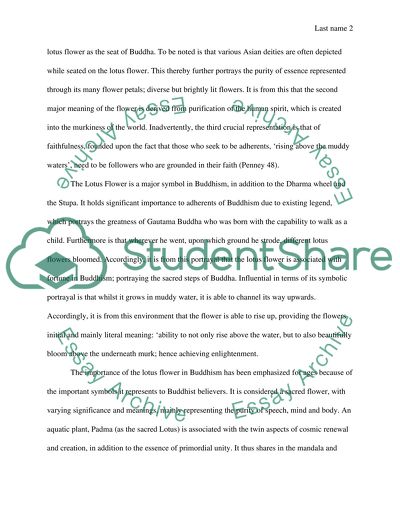Cite this document
(“The Significance of the Lotus Flower in Buddhism Research Paper”, n.d.)
The Significance of the Lotus Flower in Buddhism Research Paper. Retrieved from https://studentshare.org/history/1679724-asian-arts-resaerch-paper
The Significance of the Lotus Flower in Buddhism Research Paper. Retrieved from https://studentshare.org/history/1679724-asian-arts-resaerch-paper
(The Significance of the Lotus Flower in Buddhism Research Paper)
The Significance of the Lotus Flower in Buddhism Research Paper. https://studentshare.org/history/1679724-asian-arts-resaerch-paper.
The Significance of the Lotus Flower in Buddhism Research Paper. https://studentshare.org/history/1679724-asian-arts-resaerch-paper.
“The Significance of the Lotus Flower in Buddhism Research Paper”, n.d. https://studentshare.org/history/1679724-asian-arts-resaerch-paper.


